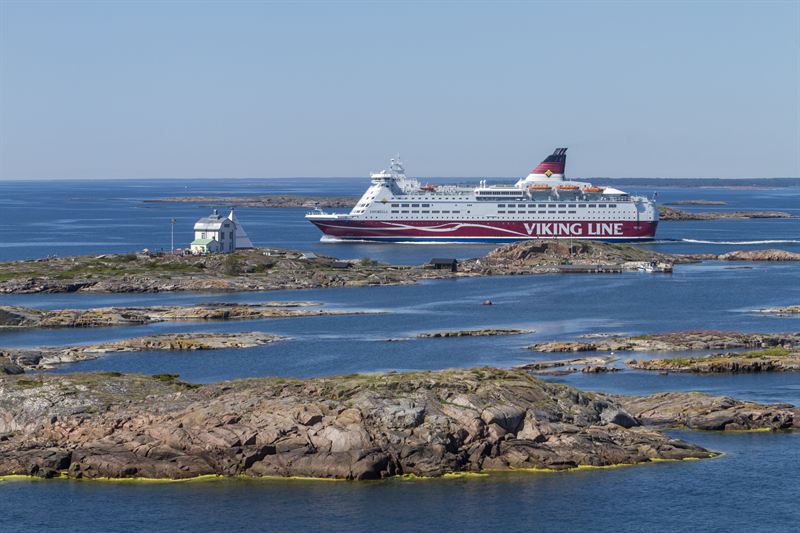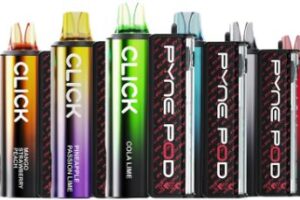Viking Line recycled far more waste last year than in 2014. The recycling of oils, plastic and aluminium from the Company’s vessels, for instance, saved the environment from millions of kilometres of car travel, recalculated in carbon dioxide emissions. Aside from recycling, Viking Line’s environmental work focuses on various forms of environmentally sustainable technology and offering passengers more organic options.

Last year, Viking Line sent a total of 1,565 tonnes of solid waste, such as glass, plastic, paper and metals, from its vessels for recycling. That is an increase of more than 15 per cent compared to 2014 (1,321 tonnes). The amount of biowaste collected, which is used to produce biogas on land, also increased by more than 10 per cent to 1,042 tonnes. The Company furthermore collected 2,155 tonnes of used oils for recycling, equivalent to more than 20 million kilometres of car driving, calculated in carbon dioxide emissions.
“We operate in the sensitive Baltic Sea archipelagos, so environmental issues have top priority. Greening is an integral part of the Company’s day-to-day operations, and our environmental work today extends beyond what the regulations in force require. A big thank you to our shipboard staff, who make sure that environmental measures are implemented in practice,” says Susanna Airola, Viking Line’s Environmental Coordinator.
Less energy is needed to recycle old materials than to process new ones, so recycling always plays a major role in Viking Line’s environmental work. One example is the Ocean Marine energy recycling system, which was installed on the M/S Viking Grace last year. This technology converts waste heat from the vessel’s engines into electricity through a unique vacuum process. The patented technology, developed by the Swedish firm Climeon, produces some 700,000 kWh of emission-free electricity each year.
Viking Line’s objective is to reduce emissions from its vessels on a continuous basis. Emissions have decreased, and one reason for this is the Company’s investments in environmentally sustainable technology and its choice of fuel. This includes humid air motor (HAM) technology on the Mariella and catalytic converters on the Cinderella, while various fuel optimisation systems have been implemented on the vessels. The unique HAM technology reduces nitrogen oxide emissions by lowering the combustion temperature of vessel engines.
Six million cups of coffee
Passengers can also see greening in concrete terms, with the expanding range of organic options available. One example is the restaurants on board serving their own water in glass bottles. Last year, Viking Line vessels also served more than 6.2 million cups of coffee brewed from organic beans.
Other examples of environmental measures carried out by the Company are the installation of water-saving mouthpieces on taps and showers and the switch to more environmentally friendly detergent.



